Here’s How Formula 1 And GP2 Cars Compare

Formula 1 is described by many as the pinnacle of motorsport. But, before drivers enter the sport, many pass through a feeder series called GP2.
Lap times in the lower category, which is the last step on the single-seater ladder before F1, aren’t too far off but costs are considerably lower and, sometimes, the racing is even more exciting. Here’s how they differ.
Formula 1
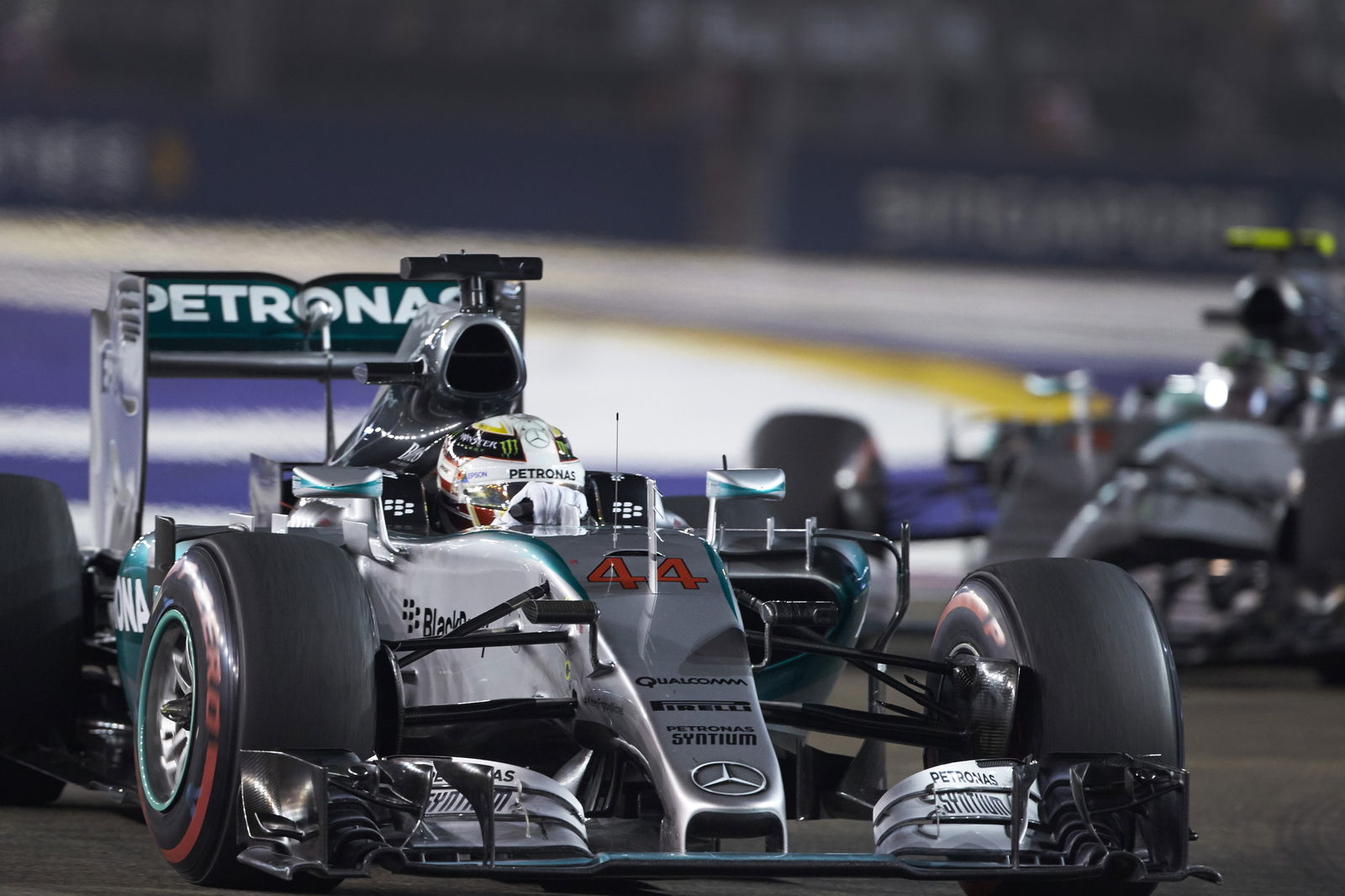
The biggest and best thing about F1 is that all of the cars are different. Some may run with the same power units, gearboxes, brakes and other mechanical components, but the chassis, aerodynamics and some internal parts are unique to that car.
The sport recently went through a big technical change. Now the F1 grid is powered by 1.6-litre V6 direct fuel injection engines revving at 15,000rpm, but this is now just one small part of the new power units. The engine is turbocharged and the cars are packed full of hybrid technology, meaning they race just as quickly as the previous F1 era but use one third less fuel.
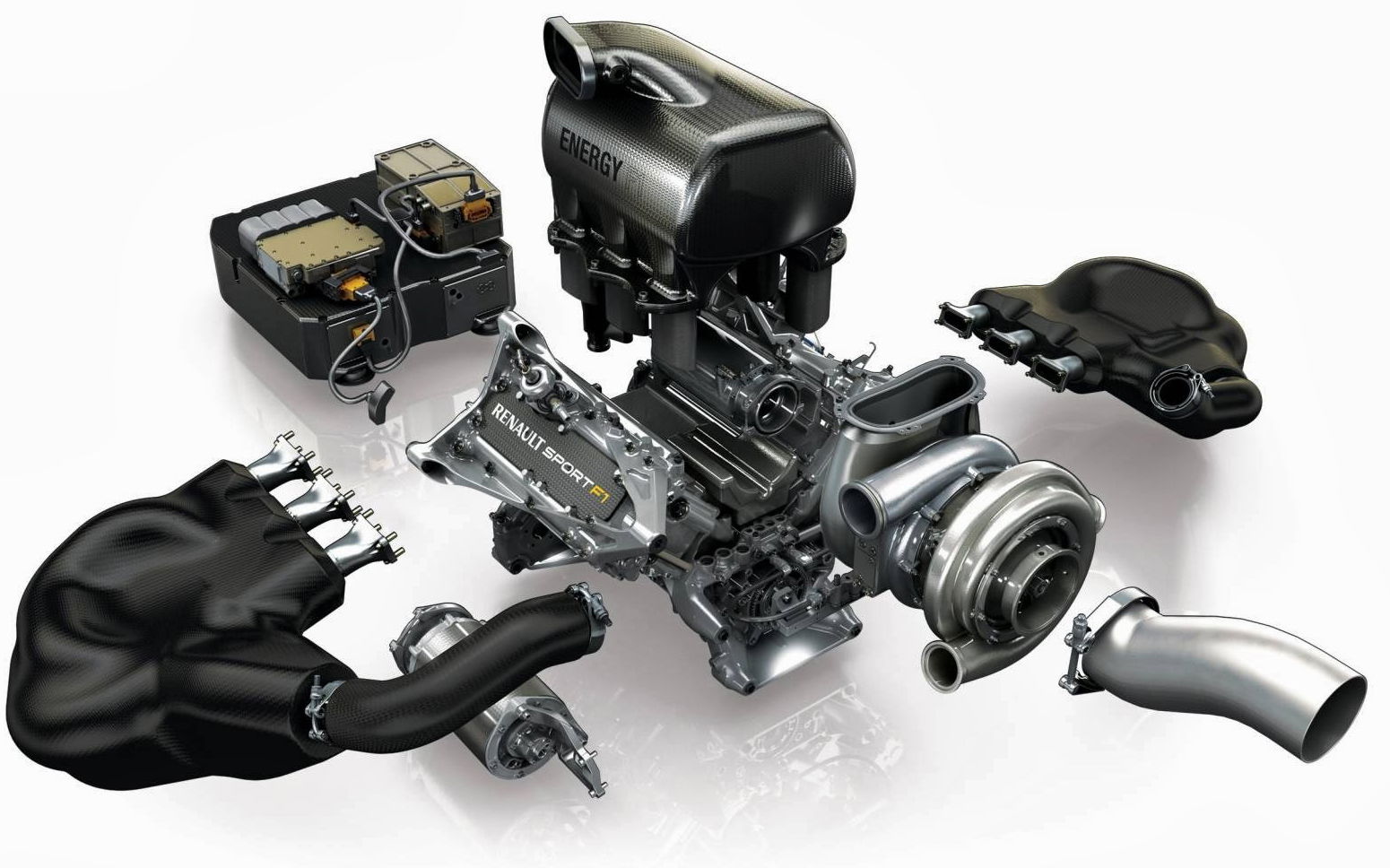
The power unit also includes the Energy Recovery System, which increases efficiency and boosts power by around 160bhp as it harvests heat energy from the exhaust and brakes. ERS is made up of the MGU-K (kinetic), MGU-H (heat), control electronics and energy store. MGU-K harvests energy under braking and MGU-H recovers energy from the turbo. Each driver has four of each of these elements to use per season and going over that number will result in penalties.
There are four power unit suppliers in F1 – Mercedes, Ferrari, Renault and Honda – and the performance difference between them in 2015 has been considerable. Teams are free to design their own aero parts, but they must comply with the strict height, width and location regulations. More downforce is always being searched for, and despite some saying power units are now the most important element of an F1 car, a good aero package remains crucial.
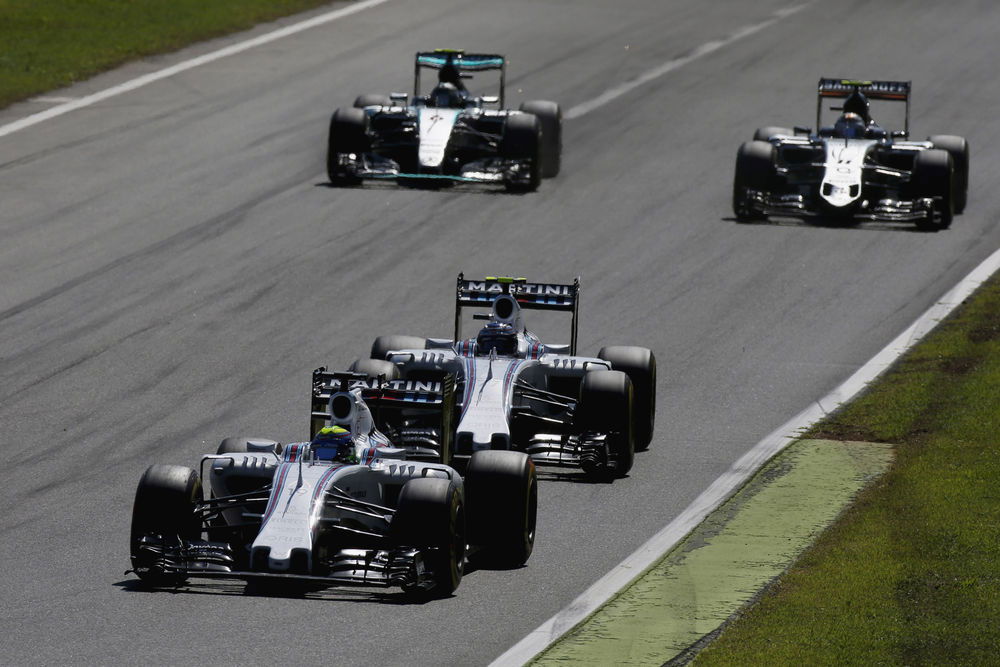
The super-fast machines use sophisticated semi-automatic, seamless shift gearboxes. They have eight forward gears (ratios are selected prior to the season) and reverse, with each one needing to be used for six consecutive events. Steering wheels are insanely complicated, with a huge number of buttons, settings and combinations – as well as a big screen full of information.
F1 cars run carbonfibre composite brake discs, with rotating discs being squeezed between two brake pads by the action of a hydraulic calliper. Of course, the brakes are now used in the sport to produce kinetic energy for the ERS systems.
Pirelli is the sole tyre supplier in F1, with four slick compounds, intermediate and wet tyres. Just two of the dry compounds are allowed to be nominated per weekend. 20 drivers compete in each race and in 2015 there are 19 rounds, as well as three pre-season tests and two in-season tests. There is a mandatory pit stop and DRS is used to aid overtaking.
GP2
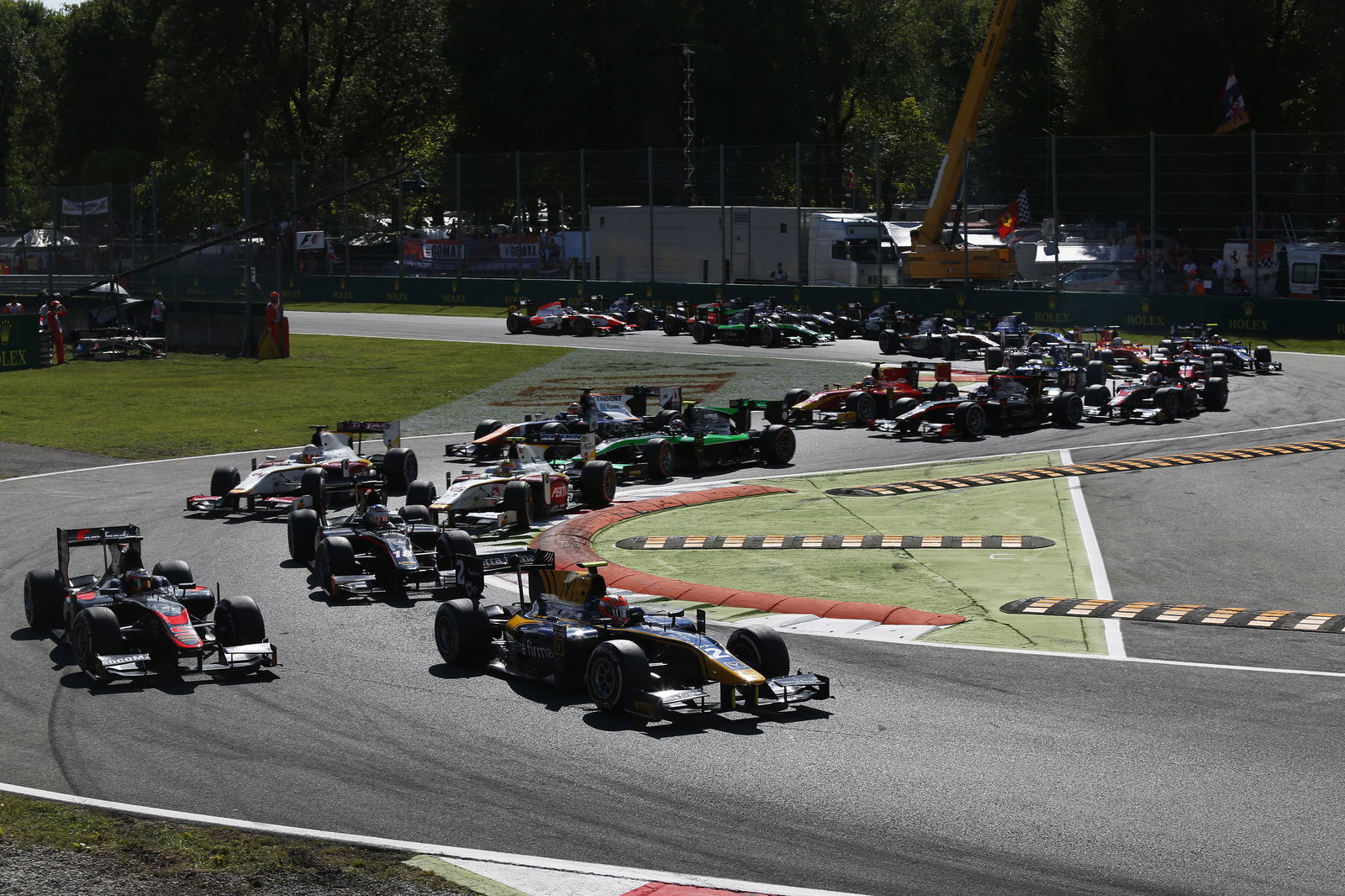
F1 is very technically advanced. GP2 cars are still complicated machines, but they are much more simple and are all identical, meaning it is the driving that does all of the talking on the circuit. The Dallara GP2/11 was first introduced in 2011 and is raced by the entire 26-car field.
The dimensions of 5065mm in length, 1800mm in width and 1072mm in height make it slightly larger than an F1 car. However, it is lighter at 688kg, compared to 702kg. While F1 went for a smaller turbocharged with hybrid systems, GP2 continues with a Mecachrome 4.0 litre naturally-aspirated V8.
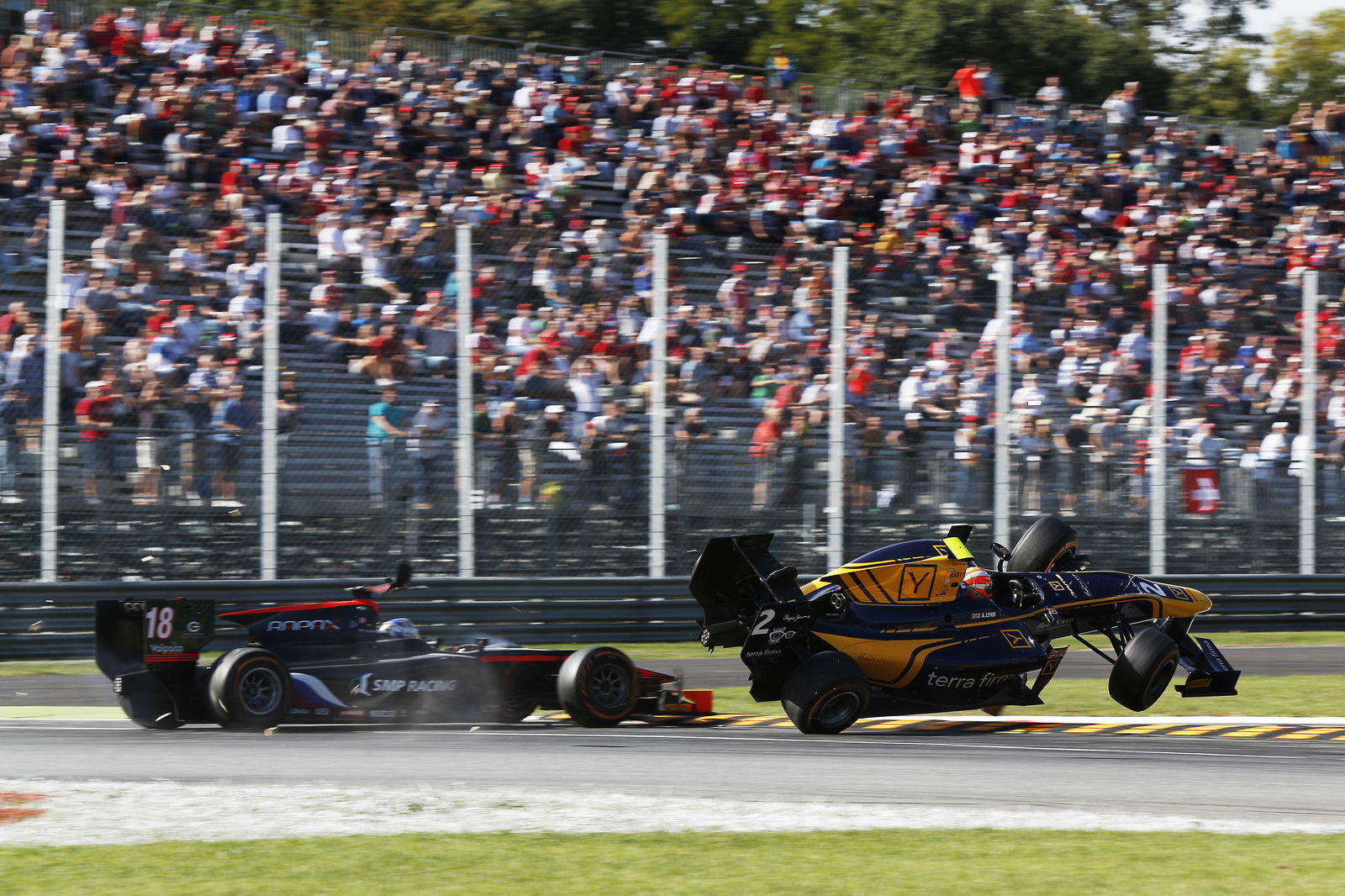
It revs at 10,000rpm and has 612bhp. Top speeds of 206mph and a 0-62mph time of 2.9 seconds make it a couple of tenths and around 15mph slower than current F1 cars. However, lap times are not too far off and since 2014, GP2’s fastest qualifiers are occasionally faster than the slowest F1 drivers. The chassis is by Dallara, as are the other pieces of bodywork. Aero remains the same throughout the season.
The cars use six-speed longitudinal Hewland sequential gearboxes with paddle shifts from the steering wheel, which are much simpler compared to F1 and feature very few buttons. There are few driver aids, so it is always a joy to watch GP2 drivers chuck the cars around tracks.
Both F1 and GP2 use 13-inch tyres supplied by Pirelli, with the latter having five compounds – four slick and one wet. DRS debuted in GP2 in 2015. The series has 11 rounds, following F1 around the world, with two races each – a longer one featuring a pit stop and a shorter sprint – as well as pre-season and post-season tests. Unlike in F1, points are awarded for pole position and fastest lap.
Want to know how LMP1 and LMP2 compare in endurance racing? Find out here.

Comments